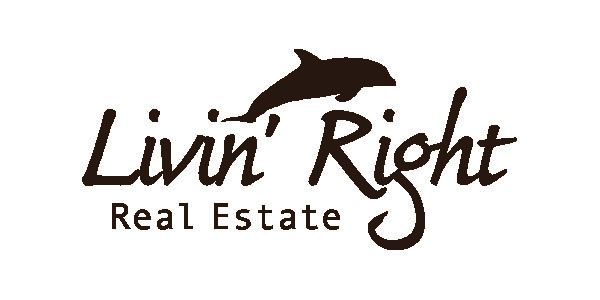Regulators ease flood-insurance rules for mortgage holders
WASHINGTON – Feb. 12, 2019 – A new regulation allows more homeowners with a mortgage to use private flood insurance coverage rather than only the national flood program.
On Jan. 25, federal banking regulators released a final regulation clarifying lender acceptance of private flood insurance; an unofficial copy of the rule is posted online. The regulation will soon appear in the Federal Register, and it goes into effect on July 1, 2019.
The new regulation generally requires lenders to accept private flood insurance policies that meet a strict statutory definition. Prior to the announcement, the National Flood Insurance Program (NFIP) was the gold-standard for lenders and not all lenders accepted private coverage.
The final regulation implements Section 239 of the Biggert-Waters Flood Insurance Reform Act of 2012 and:
- Adopts the same definition of private flood insurance as the statute; this definition has been a source of confusion, particularly for smaller lenders.
- Provides a compliance aid for lenders to determine whether a private policy meets the definition and must be accepted in satisfaction of federal flood insurance requirements.
- Clarifies that lenders also have broad discretion to accept private policies that don't meet the strict definition if the policy provides sufficient protection of the mortgage loan consistent with safety and soundness requirements.
The National Association of Realtors® (NAR) has been working with a broad coalition to make it easier for lenders to accept private flood insurance, which often offers better coverage at a lower cost than NFIP. The coalition's latest regulatory comment letter is posted online.
According to NAR, this new regulation includes "some important clarifications and compliance aid for lenders," but says it will continue to work with lawmakers to address some issues not covered by the new rules.
Continuous coverage still a concern
One issue not covered by the new rule is continuous coverage. One of NFIP's considerations when determining an individual homeowner's rate is whether or not they've had a gap in their flood insurance coverage. Since NFIP does not officially recognize private flood policies, it considers anyone who leaves the program uninsured even if they had a private policy.
This might be a problem for current Florida homeowners who choose to leave NFIP and go with a private flood policy that costs less. Should that policy's cost rise later, perhaps because it had a teaser rate for the first year, the homeowner could find it more expensive to return to NFIP. Since NFIP considered them uninsured, their earlier lower-cost, grandfathered insurance rate could rise significantly.
The continuous coverage issue is a "separate regulatory matter and another top priority," NAR says.
© 2019 Florida Realtors®
